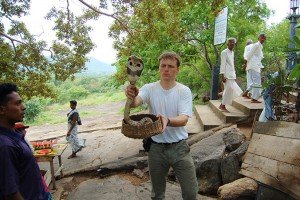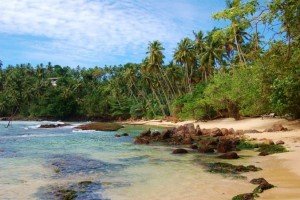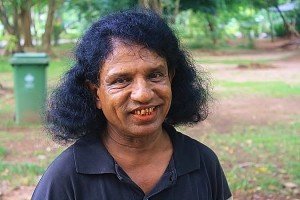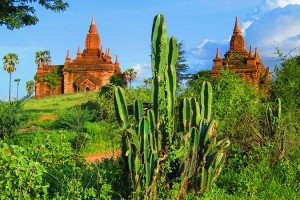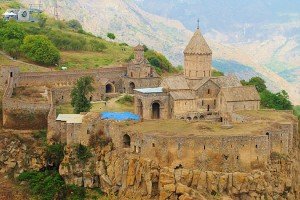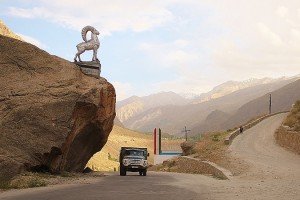South Korea
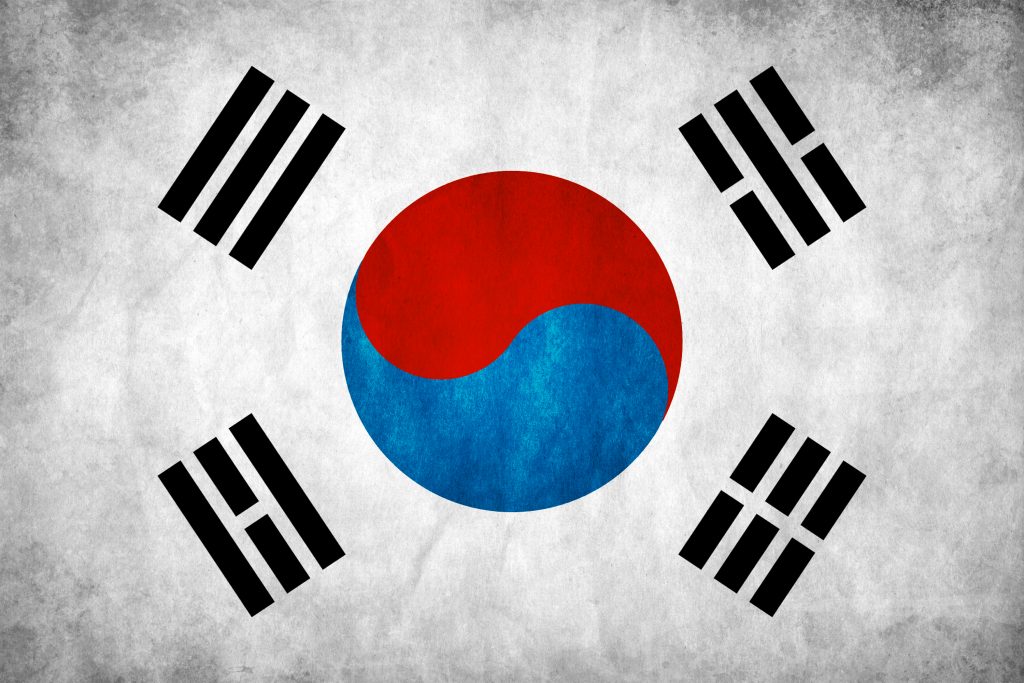
Official name: Republic of Korea
Population: 51 300 000
Area: 100 210 km²
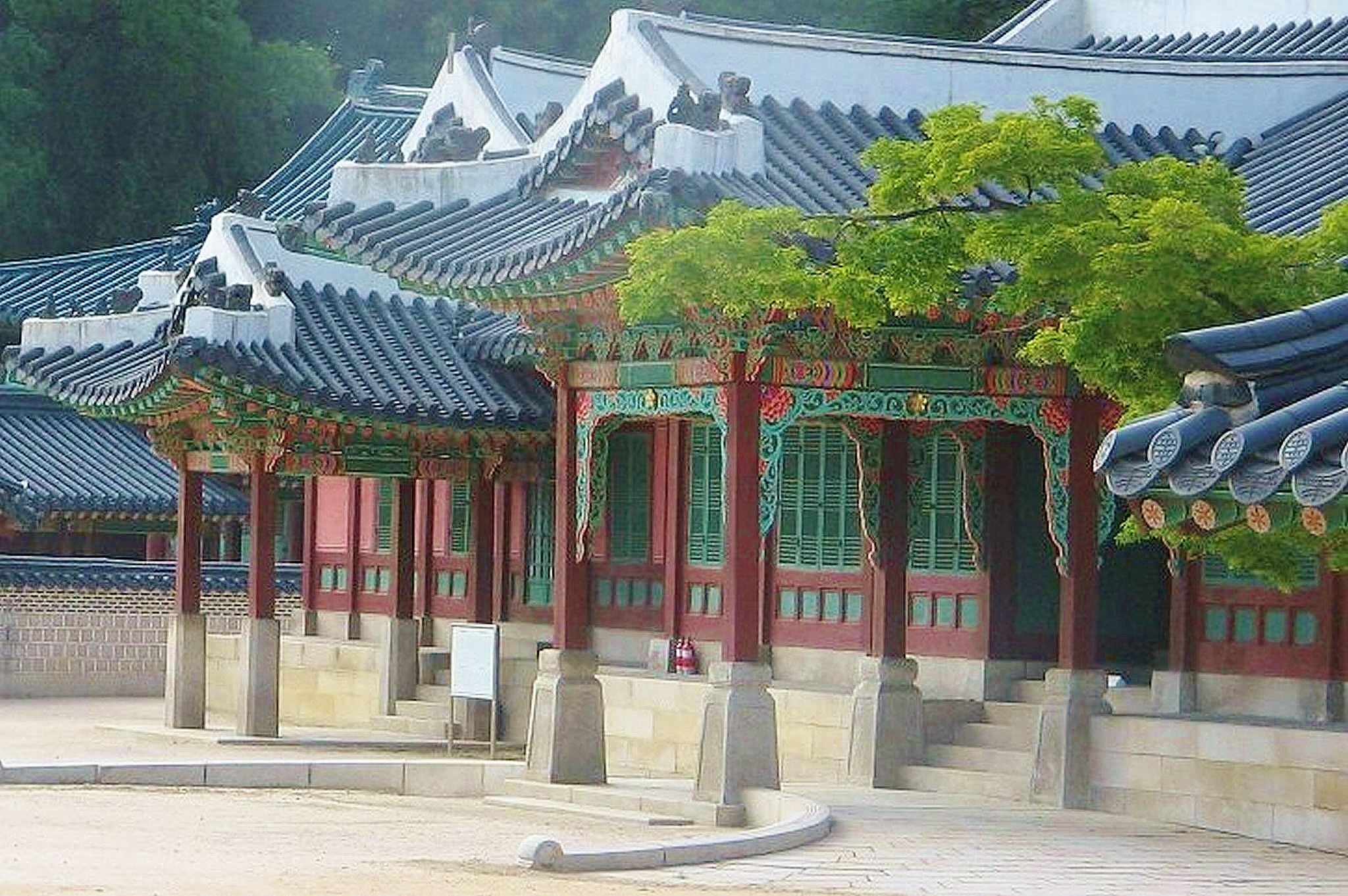
Tourist attractions of South Korea, South Korea – the present times, history of South Korea
Tourist attractions of South Korea
South Korea is an interesting country, although comparing to other countries of Asia, it does not belong to the most visited tourist destinations. Republic of Korea is a small country located at the southern end of Korean Peninsula, it is surrounded by seas from three sides, and borders North Korea n the north, Japan in the east and China in the west. Korea is a modern and fast growing country, which also retains its centuries-old traditions. When I think of South Korea I firstly remind myself the richness of centuries-old temples, mainly based on Confucianism. Seoul is particularly interesting because it`s a dynamic city, where modern and rather very common buildings are blended within beautiful far eastern temples from many centuries ago. If someone is not interested in ancient architecture, art, or nice gardens, I recommend Korean food which is very tasty, healthy and also cheap. Korea can be actually visited just for the local food, because Korean menu is of a very rich variety. Expensive shopping and modernity of Korea I do not recommend, because these two things are completely against the whole point of my travels. Instead I recommend Gwangju or Busan, where you can see more ancient temples, you can swim in the sea, go to the always interesting fish market and try some Korean delicacies, such as original kim chi and many rice-based dishes. To summarise I would recommend South Korea, but most of all its ancient temples and good food, and seas and mountains are always a very nice addition to our Korean trip. I also have to remind that ancient temples and gardens change completely during different seasons. A big tourist attraction is also an organized trip from Seoul to the demarcation line, located along the 38th parallel. The border cannot be crossed but you can stand on it to see the flag of North Korea, and the monumental faces of its army.
South Korea – the present times
Introduction:
South Korea (the same as North Korea), although officially claiming the entire Korean Peninsula occupies only its southern part, which was occupied by Americans after the Second World War. Administratively, this country is divided into provinces, special cities (Seoul) and metropolises.
South Korea has been in a sense, always shaped by what`s been happening in North Korea, which are still in a state of war. Despite the fact that South Korea’s army is at a much more advanced level than North Korea`s, Seoul is located only 30km from the demarcation line, meaning that in case of strong and confident attack, the North is able to turn Seoul into rubble. The U.S. Army has a base in the South, what in my point of view “helps” the North in sober thinking that maybe they shouldn’t make stupid moves. On the other hand it could be also a war against China, and who knows maybe even against Russia, which rubles build Phenian. Therefore little conflict in the small Korean Peninsula could turn into a big local or even global war.
Economy:
South Korea (the same as North Korea) although officially claims the entire Korean peninsula, it occupies only the southern part, which is the one that was occupied by the US army after World War II. The country is administratively divided into provinces, a special city (Seoul) and cities. As for the economy, South Korea about 35 years ago was very primitive. It was a country of food tickets, corruption, trade deficit and black market. Today however, South Korea’s GDP is number 15 in the world, it`s equal with many countries of the European Union, and it is a member of G-20. It also has a very stable local currency called “won”. Agriculture is no longer of such a great importance here, because there was a huge migration of people from rural to urban areas, what contributed to expansion of the largest metropolitan areas. Although Korea still grows many types of vegetables and fruit, it is not allowed to import rice to protect domestic economy. An important role is played by growing ginseng for pharmaceutical and cosmetic products, and silk culture. As you can easily guess from the location of the country, fishery plays a major role in feeding the Korean population. South Korea has also extractive industries, manufacturing, and components for computers and televisions. Korea ranks first in the world in launching ships, it manufactures passenger cars (Kia and Hyundai), although other important sectors of the economy are: metallurgy, petrochemical industry, agriculture and many others. The country has a number of major trading partners, and tourism also plays an increasingly important role played by tourism. South Korea also manufactures robotic androids, which are designed to help in schools. Similarly to Japan, Korea also develops towards cloning and advanced technology. In 1988 Seoul held Summer Olympics, and in 2002 FIFA World Cup together with Japan, what was a good financial injection for Korea.
Education:
South Korea also boasts one of the best education systems in the world, where there are largest amounts of money allocated per single student. However literacy level stands only at 97,9%, comparing to Poland 99,7%.
Health:
Korea also has a very good health care and pension system, and life expectancy is about 79 years. There is malaria in the north of South Korea. Despite good education, according to official data there are approximately 10,000 people living with HIV / AIDS, and the epidemic is growing. However, experts are of the opinion that there might be up to 50 to 100,000 HIV infected people. Sexual infections are the main reason.
Culture/Religion:
The population of South Korea is about 50 million and luckily it is a very homogeneous country, but with different religious structure. 50% of the population does not belong to any religion, 23% are Buddhists, 29% are Christians and 1% is faithful to Confucianism. Despite the modern times and small percentage of religious people, culture of Korea is still partly based on the principles of Confucianism from 600 years ago. Tae kwon-do is the national sport of Korea but football is also very popular, and the Korean league has had many successes.
Media:
Freedom of the press in South Korea I classify as partly free. In 2010 on the press freedom index South Korea was on 70th place, out of 196 countries and territories, although a year earlier it had been on 67th place. in 2012 South Korea has improved considerably as it is already on 44th position. Just for a comparison, “the country of thriving freedom” (USA) is at a very low 47th place. Press in South Korea has been shaped over many decades, by the Japanese occupation and American rule.
Environmental problems:
Like any country, Korea has also a long list of crimes against the nature and endangered species. These are primarily air pollution, high concentrations of gases in the atmosphere, acid rain, logging, poaching, and thoughtless fishermen leaving their nets behind what leads to killing fish, including endangered species and those that are usually not eaten. These problems are unfortunately caused by high population of South Korea in relation to the size of the country. When it comes to environment protection both Koreas can shake hands, although the North is even worse, and especially when it comes to forests.
Fortunately the Korean government protects its beautiful animal species, but does not do as much as it should. Korea still has a number of endangered species of whales and land mammals. On one hand Korea protects animals and on the other hand it kills them. For example, a dam built on one of the rivers caused that many otters lost the “roof over their head”, what had a serious impact on their numbers.
History of South Korea
History of the Korean Peninsula is long and colourful, despite the fact that it occupies a relatively small area. It is a history that would take many pages, but I will try to briefly recall the most important facts.
The first data show that Korean Peninsula was already inhabited in the Paleolithic era. Korean legends say that the first Korean state called Go-Joseon was founded in 2333 BC. The entire peninsula was divided into small states, which then were conquered by China and was under its rule. During that period there was a strong rise of Chinese culture. They introduced Confucianism to schools and also writing, and large area of ??the Korean peninsula was taken over by Tang Dynasty. Then came the period of the Three Kingdoms, but they also fell because they did not only develop their own culture and trade, but also competed with each other, attacked other kingdoms and were themselves attacked by others. They were fighting each other for centuries and were conquered by Chinese, Mongolian, Manchurian and Japanese armies. It was a time of constant changing of many different kingdoms and dynasties competing for power. It is worth mentioning that in later centuries there was a relatively strong state Parhae, and kingdom of Koryo (now the national airline of North Korea), which took about 100 years during the Mongol Empire. At the end of the XIV century Choson dynasty began to rule. They moved the capital to Hansong (present day Seoul) and introduced Confucianism as the state religion, while Buddhism lost its strength. It was a time of fending off Japanese attacks and then keeping trade with them. It was also a period of many internal problems such as hunger and exploitation of people, and the Confucian bureaucrats`struggle for power. At the end of XIX century U.S. troops stationed in Korea for the first time and established good contacts there, but later also carried out their first military operation. Also, a rapidly modernizing Japan forced Korea to open its ports. In the XX century Korea was no longer able to defend itself any longer, and in 1905 became a Japanese protectorate. It was a long occupation which lasted 40 years. Japanese committed a lot of crimes in Korea. Men were recruited to the army although a lot of them deserted, women were forced into prostitution, Korea itself was Japanized, and all independence movements were bloodily suppressed. Turning point was the end of the Japanese occupation when the Soviet army invaded from the north, and U.S. troops occupied the southern part of the Korean Peninsula. It was then when the demarcation line was established along the 38th parallel, which divided the peninsula into two fighting Koreas. It doesn’t mean that in both Koreas everything went smoothly. South Korea was ruled autocratically, students struggled with police and there were constant demonstrations. On the other hand North Korea was ruled according to a communist propaganda with a cult of “dear leader”. At that time South Korea was the closest ally of the U.S. and its troops were fighting in Vietnam War on the side of the Americans. Officially the two Koreas are still at war, although nations leader`s met in Korea in 2000, what caused speculations about possible unification. From time to time however there are acts of violence used by the North. I think that some Koreans seriously think about reunification because it is one nation, and many families were divided by an artificial border. The two Koreas however develop independently, and each one of them is very different economically and ideologically. Another problem with regard to unification is about fear of the problems associated with it.
Today, South Korea is one of the most economically rapid countries of Asia and the world.
Travel reports
Map
Location
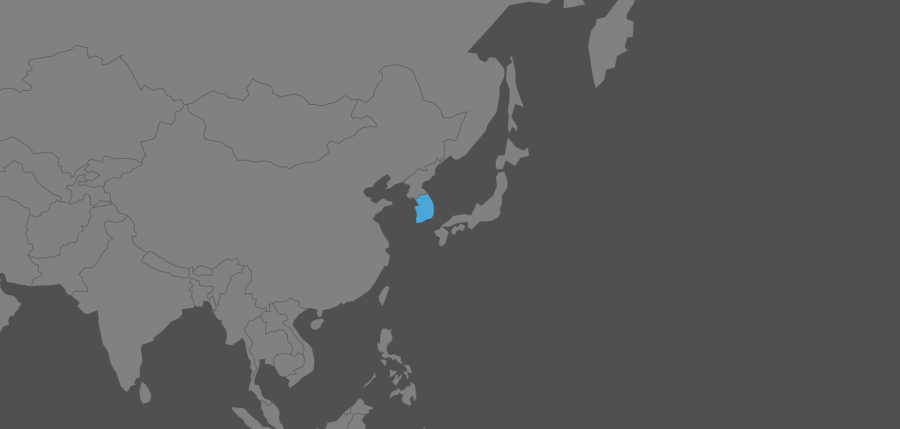
Practical information
Tourist Visa: Not required. Most nationalities get a stamp at the airport, which entitles them to stay for 90 days.
Safety: safe country for tourists.
Moving around the country: South Korea has a very well-organized transport. There are fast trains, buses, very good road and air connections. In Seoul, I strongly recommend a very well-developed underground.
Prices: (in 2006 when £1 = about 1700 KRW) similar to those in Warsaw, Poland. For a bed in a dorm room in downtown Seoul I paid $15. For steamed dumplings I used to pay $1 – $3, but for a meal in a low class restaurant you can pay $10. Food is generally cheap, but transport is expensive. For travelling by bus from Seoul to Busan I paid about $30, although I think that trains are more expensive. A single ride on the Seoul underground is about $1-$2. There are also entrances to places of interests (palaces, gardens, museums) for about $5. The above prices are only for the low budget, because in Korea only the “sky” is the limit.
Climate: warm temperate in the west. and the north, and humid tropical in the south. In both cases it is monsoon type of climate. In summer the air temperature reaches about 23°C to 27°C, and in winter from about -10°C to 6oC.






